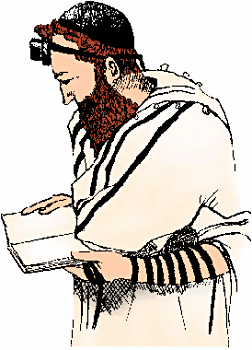1
: either of two small square leather boxes containing slips inscribed with scriptural passages and traditionally worn on the left arm and on the head by observant Jewish men and especially adherents of Orthodox Judaism during morning weekday prayers
Subscribe to America's largest dictionary and get thousands more definitions and advanced search—ad free!
Merriam-Webster unabridged


Share